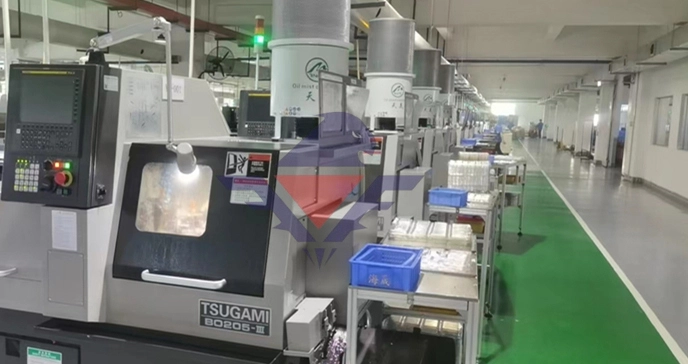
# Endotoxin Assay Kits for Accurate Bacterial Toxin Detection
## Understanding Endotoxins and Their Impact
Endotoxins, also known as lipopolysaccharides (LPS), are toxic components found in the outer membrane of Gram-negative bacteria. These molecules can trigger strong immune responses in humans and animals, potentially leading to fever, septic shock, or even death in severe cases. Accurate detection of endotoxins is crucial in pharmaceutical manufacturing, medical device production, and water quality testing.
## The Importance of Reliable Endotoxin Detection
Pharmaceutical companies must ensure their products are free from harmful endotoxins before reaching patients. The consequences of endotoxin contamination can be severe, making reliable detection methods essential. Endotoxin assay kits provide a standardized approach to measure these bacterial toxins with precision and reproducibility.
### Key Applications of Endotoxin Assay Kits
– Pharmaceutical quality control
– Medical device testing
– Vaccine production monitoring
– Water purity assessment
– Research and development
## How Endotoxin Assay Kits Work
Modern endotoxin assay kits typically utilize the Limulus Amebocyte Lysate (LAL) test, which is derived from horseshoe crab blood. This sensitive biological system reacts specifically with endotoxins, creating a measurable response. The three main types of LAL tests include:
### 1. Gel-Clot Assay
This qualitative method detects whether endotoxin levels exceed a specified threshold by forming a gel clot in positive samples.
### 2. Chromogenic Assay
Keyword: Endotoxin Assay Kits
A quantitative method that measures color change proportional to endotoxin concentration, offering precise numerical results.
### 3. Turbidimetric Assay
This approach measures turbidity changes caused by endotoxin-induced clotting, providing another quantitative option.
## Choosing the Right Endotoxin Assay Kit
When selecting an endotoxin assay kit, consider these factors:
– Sensitivity requirements
– Sample matrix compatibility
– Throughput needs
– Regulatory compliance
– Cost-effectiveness
## Regulatory Standards for Endotoxin Testing
Endotoxin testing must comply with various pharmacopeial standards, including:
– United States Pharmacopeia (USP)
– European Pharmacopoeia (EP) 2.6.14
– Japanese Pharmacopoeia (JP) 4.01
## Best Practices for Accurate Results
To ensure reliable endotoxin detection:
– Maintain proper sample handling procedures
– Use appropriate controls in every test run
– Follow kit instructions precisely
– Validate methods for specific applications
– Train personnel adequately
## The Future of Endotoxin Detection
Advancements in endotoxin assay technology continue to improve sensitivity, reduce interference, and increase automation. New recombinant factor C (rFC) based methods offer animal-free alternatives to traditional LAL tests while maintaining comparable performance.
By implementing high-quality endotoxin assay kits and following best practices, laboratories can ensure the safety of pharmaceutical products and medical devices while meeting stringent regulatory requirements.